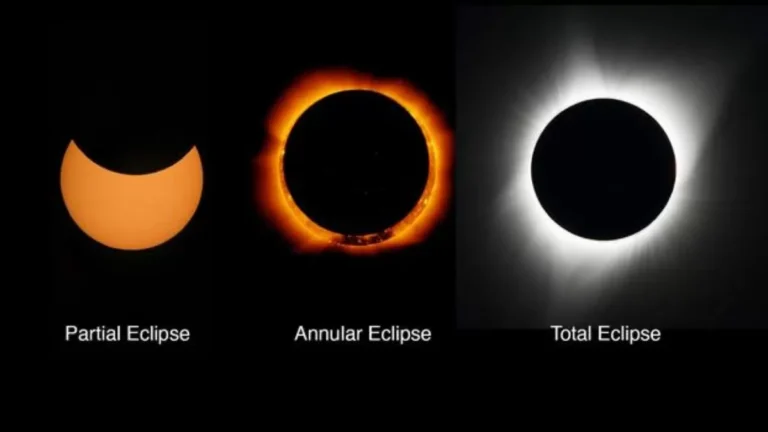Date and Time of the Solar Eclipse in October 2024? Will it be visible in India?
The second solar eclipse of 2024 is set to take place on 2 October, with its peak lasting approximately 7 minutes and 25 seconds.
The second and last solar eclipse of 2024 will occur on Wednesday, October 2. This annular solar eclipse, happening just 15 days after the lunar eclipse, will coincide with Sarva Pitru Amavasya, the New Moon day dedicated to honoring ancestors. An annular eclipse takes place when the Moon moves between the Sun and Earth but doesn’t entirely cover the Sun, creating a dramatic “ring of fire” effect.
Will the Eclipse Be Visible in India?
The solar eclipse is set to begin at 9:13 PM on 2 October 2024, according to Indian Standard Time (IST), and will conclude at 3:17 AM. Since it occurs at night in India, the eclipse will not be visible from any region of the country. As a result, the Sutak period, which is usually observed before a solar or lunar eclipse, will not be followed.
Where will the eclipse be visible?
People in parts of South America, especially Chile and Argentina, will be able to witness the annular eclipse. The partial solar eclipse will also be visible in regions like the Pacific Ocean, the Arctic, Peru, and Fiji. Notable cities where the annular eclipse can be seen include Hanga Roa in Chile and Puerto Deseado in Argentina. For the partial eclipse, cities such as Honolulu (Hawaii, USA), Suva (Fiji), Santiago (Chile), São Paulo (Brazil), Montevideo (Uruguay), and Buenos Aires (Argentina) will offer views of the event.
What is an Annular Solar Eclipse?
In contrast to a total solar eclipse, where the Moon entirely blocks the Sun, an annular solar eclipse occurs when the Moon is too distant from Earth to completely cover the Sun. As a result, the Moon obscures only the central part, leaving a bright “ring of fire” around the edges. This is the hallmark of an annular eclipse.
During the 2 October 2024 eclipse, the annular phase will last approximately 7 minutes and 25 seconds at its peak. The eclipse will have a magnitude of about 93 percent, meaning most of the Sun’s disk will be covered, but not entirely.
Where will the Solar Eclipse not be Visible?
The eclipse will not be visible in India or other Asian countries such as Pakistan, Sri Lanka, Nepal, Afghanistan, and the UAE. It will also not be observable in Europe, Africa, northern North America, Australia, or Mauritius.




